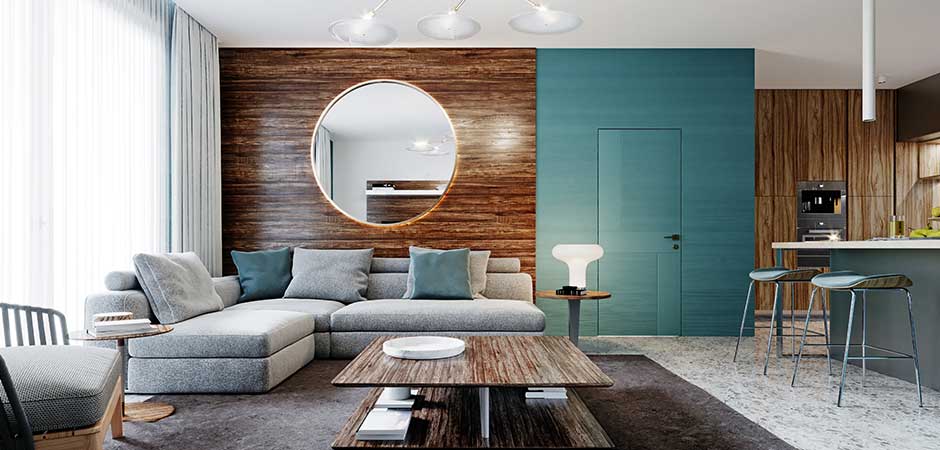Residential interior design is essential in creating a comfortable and functional living environment. In Noida, the increasing awareness of the value of well-designed homes is driving a surge in demand for skilled interior designers. This blog delves into the essential features that distinguish residential interior design, emphasizing its importance in crafting a personal and meaningful space. Beyond mere aesthetics, residential interior design encompasses a reflection of individuality and local culture.
Understanding Residential Interior Design
Residential interior design is the art and science of crafting living spaces that are both functional and visually pleasing. Its goal is to transform a house into a home by integrating the client’s lifestyle and preferences into the design. This intimate and personalized approach considers the client’s unique tastes, habits, and daily routines, ensuring that the space is not only beautiful but also highly functional for those who live in it. Key factors include the number of occupants, their ages, and any specific needs or hobbies they may have, allowing the designer to create a space that truly feels like home.
The Role of a Residential Interior Designer
A professional interior designer is crucial in shaping modern and luxurious residential interiors. Leveraging their expertise, they transform houses into beautiful, functional homes that align with the client’s needs and preferences. They pay meticulous attention to detail, ensuring every element contributes to a cohesive and well-designed space. By staying abreast of the latest design trends and technologies, they can incorporate these elements to enhance both the functionality and aesthetic appeal of the home. Ultimately, hiring a professional interior designer is key to achieving a successful and distinctive residential interior design.
5 Key Features that Define Residential Interior Design
Residential interior design transcends the creation of visually appealing spaces to cater to the specific needs and preferences of the inhabitants. Here are the five key features that set this type of design apart:
1. Personalization and Customization
Residential design offers a deeply personalized and customized approach. Designers invest time in understanding the client’s lifestyle, preferences, and personality, crafting unique designs that resonate with the client’s individuality.
2. Creating a Comfortable Atmosphere
Comfort is paramount in residential interiors. Designers use warm color palettes, soft textures, and cozy furniture to create inviting and comfortable living spaces.
3. Incorporating the Latest Trends and Technology
Keeping up with design trends is crucial in residential interior design. Integrating smart home systems and modern technology can significantly enhance the functionality and luxury of the home.
4. Balancing Functionality and Aesthetics
A successful residential design strikes a balance between functionality and aesthetics. Designers balance the practical needs of the space with visual appeal, creating environments that are both functional and beautiful.
5. Attention to Detail
In residential interior design, every detail matters. Every element, from furniture placement to accessory selection, is essential in crafting a cohesive and distinctive design.
Conclusion
These unique features make residential interior design stand out from other design types. To achieve a successful and distinctive residential design, it is vital to hire a professional interior designer who understands these key features and can seamlessly integrate them into the design process. Feel free to explore and experiment with various interior design styles to craft your ideal residential space.


